One of the deciding factors when users choose to buy a smartphone is battery capacity. And the race for the 10,000mAh super battery is taking place with the destination not far away.
Smartphone manufacturers have been trying to increase the size and capacity of batteries in phones for years, and they seem to have made some impressive breakthroughs in this area recently.
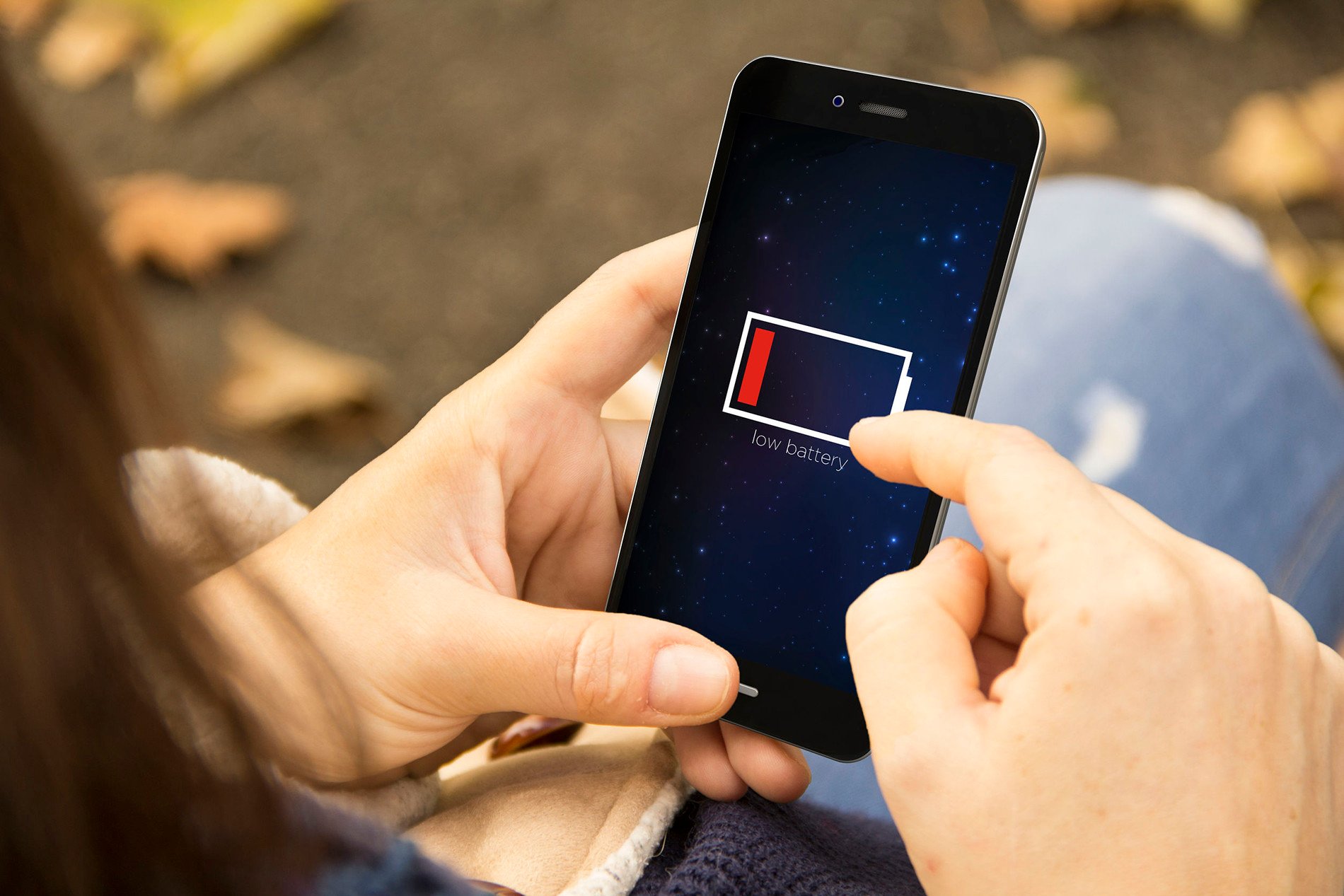
Since manufacturers switched from lithium-ion batteries to silicon-carbon batteries, not only has battery life increased, but battery capacity has also become significantly larger.
Nowadays, it's common to see a smartphone with a 6,000mAh battery, something that was almost unthinkable just a few years ago.
There are even rumors of smartphones with even larger batteries. Oppo is expected to launch a flagship later this year with a battery capacity of 7,000 - 7,500mAh.
This would be a huge leap from the 6,000 - 6,500mAh level - the maximum that some current smartphone models possess.
Realme, on the other hand, claims that 10,000mAh batteries will become a common thing in the next few years. At Mobile World Congress 2025, the Chinese phone maker announced plans to continue developing larger batteries in the next generation of phones, aiming to reach 10,000mAh.
The next big step forward in smartphone battery capacity could come next year, when Realme plans to launch one or more phones equipped with 7,500mAh batteries.
Realme's main goal is to be the first smartphone company to launch a phone with a 10,000mAh battery around 2027, which is double the battery capacity of most current flagships.
However, a larger battery does not necessarily mean longer battery life, so optimizing the device's power is also important.
This means that other hardware components like displays, chips, memory, as well as software, will need to be tweaked to maximize power savings without affecting the user experience.
Realme isn't the only one pushing the envelope on battery technology, so it will be interesting to see how the smartphone industry changes in the coming years, as more and more companies push to develop phones that are more powerful, faster, and have larger batteries.
Which smartphone battery technology is leading?
Today, smartphone battery technologies focus on improving battery life, charging speed, durability, and safety.
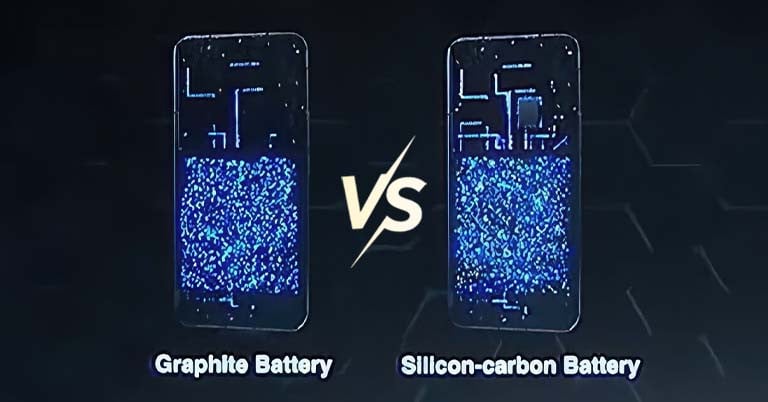
Silicon-carbon batteries are a step forward from traditional lithium-ion batteries, replacing or combining graphite anodes with carbon-doped silicon.
Silicon can store 10 times more lithium than graphite, significantly increasing battery capacity. The advantages of this battery technology are higher capacity, better durability, and fast charging.
However, it also has limitations such as silicon expanding when charging, which can damage the battery structure if not controlled; carbon is added to increase stability, but the technology is still expensive and not yet optimized for mass production.
In addition, other battery technologies such as solid-state batteries (replacing liquid/gel electrolytes in lithium-ion batteries with solid electrolytes, usually ceramic, glass, or polymer); graphene batteries (using graphene - an ultra-thin layer of carbon - as an anode or coating to increase lithium-ion battery performance); lithium-sulfur batteries (replacing metal cathode in lithium-ion with sulfur to increase energy density by 4 times) ... also have certain advantages and disadvantages.
For example, the advantage of graphene batteries is extremely fast charging. Samsung has tested graphene batteries that can fully charge in 30 minutes, according to SlashGear .
In addition, this type of battery has high capacity and durability, battery life is twice as long as traditional lithium-ion. Graphene batteries are also safer, reducing the risk of fire and explosion thanks to their sturdy structure.
However, its disadvantage is that the production cost is high, and it cannot be applied widely. Meanwhile, solid-state batteries, although having high energy density, are safe in reducing the risk of explosion and quick charging, but are difficult to mass produce due to high cost and complicated process.
Developing battery technologies include nano batteries (using nano materials to increase surface area, improve capacity and charging speed); water batteries (using water electrolyte instead of lithium to make them safe and non-explosive)... are all in the experimental stage and are unlikely to be widely commercialized in the near future.
Today's latest smartphone battery technologies like silicon-carbon, solid state, and graphene are opening up the prospect of larger capacity, faster charging, and safer batteries.
In the short term, silicon-carbon and fast charging lead the way thanks to practicality, while solid state and graphene promise to transform the industry by the end of the decade.
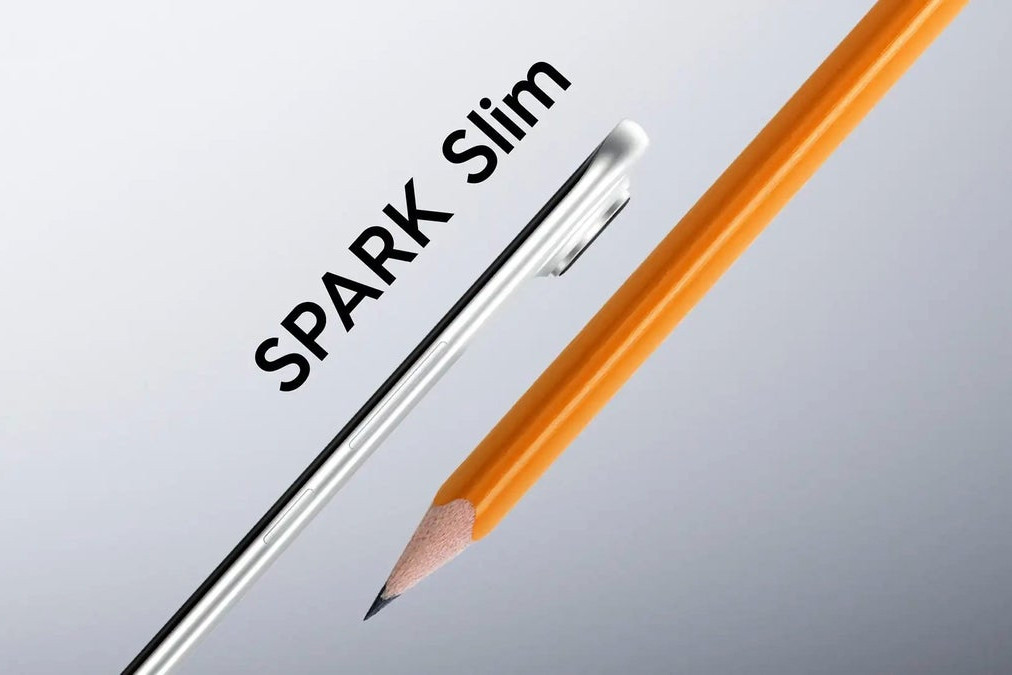
Source: https://vietnamnet.vn/cuoc-dua-smartphone-sieu-pin-10-000mah-sap-cham-dich-2377925.html











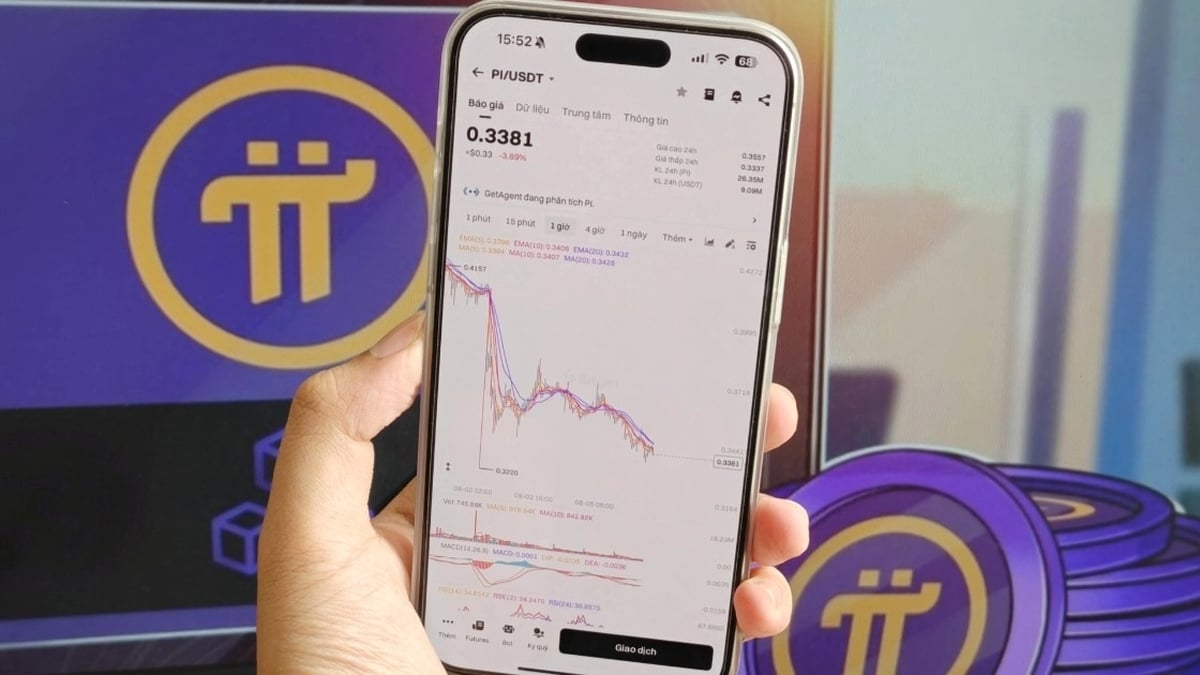














![[Photo] Discover the "wonder" under the sea of Gia Lai](https://vphoto.vietnam.vn/thumb/1200x675/vietnam/resource/IMAGE/2025/8/6/befd4a58bb1245419e86ebe353525f97)



![[Photo] Nghe An: Provincial Road 543D seriously eroded due to floods](https://vphoto.vietnam.vn/thumb/1200x675/vietnam/resource/IMAGE/2025/8/5/5759d3837c26428799f6d929fa274493)


























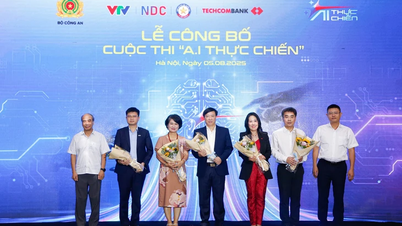







































Comment (0)